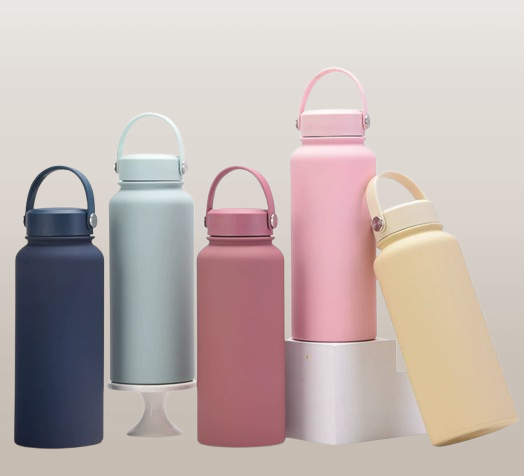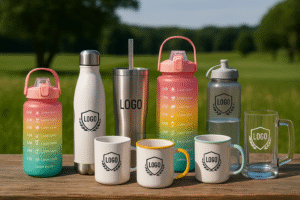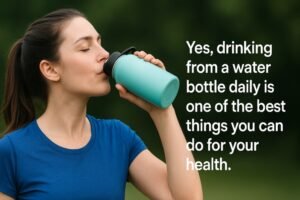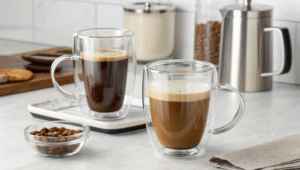Trying to buy a stainless steel water bottle feels impossible. The options are endless, and you fear choosing one that dents easily, tastes weird, or doesn't keep your water cold.
The best stainless steel water bottle for 2025 combines proven quality with modern needs. Focus on certified 18/8 food-grade steel, double-wall vacuum insulation for temperature control, and a lid system that perfectly matches your daily activities, from the gym to the office desk.
As the founder of Vivimug, I've spent years helping product developers like Emily navigate the details that separate a good bottle from a great one. It's not just about the color. The "best" bottle is a piece of gear that has to perform. It needs the right materials, the right technology, and the right design to fit seamlessly into a person's life. To find that perfect bottle for your brand or for yourself, you need to understand what to look for under the surface. Let's walk through the key things you need to know.
What water bottle will be trending in 2025?
Keeping up with trends is exhausting. You want a bottle that feels modern, but you don't want to invest in a gimmick that will be forgotten by next year.
In 2025, bottle trends will move beyond color and focus on function and sustainability. Expect to see more [smart lids]that track hydration, modular designs for personalization, and a strong emphasis on bottles made from certified recycled steel and plastic-free packaging.
!
From what I see in my work with brands, consumers are demanding more than just a pretty container. The big trends are about enhancing the user's lifestyle and aligning with their values. Emily, a product developer I work with, is already exploring these areas for her upcoming collection. First, smart features are becoming more accessible. This means lids with integrated sensors that track when you drink and sync to an app, helping you meet hydration goals. Second, hyper-personalization is key. This is more than a monogram. It's about modular systems where customers can choose their bottle body, lid type, handle, and a protective boot in any color combination they want. It turns a bottle into a personal statement. Finally, the sustainability story is crucial. It’s no longer enough for a bottle to be reusable. Brands are now highlighting the use of certified recycled stainless steel and committing to completely plastic-free packaging, which resonates deeply with conscious consumers.
Key Trends for 2025
| Trend | What it Means for You | Why it Matters |
|---|---|---|
| Smart Lids | Bottles that connect to an app to track water intake. | Appeals to health-conscious and tech-savvy users. |
| Modular Design | Swappable components (lids, boots, handles) for full personalization. | Increases customer engagement and allows for self-expression. |
| Recycled Materials | Using certified post-consumer recycled steel for the bottle body. | Lowers environmental impact and tells a powerful brand story. |
| Specialized Lids | High-performance lids designed perfectly for one use (e.g., magnetic straw). | Solves niche user problems and creates a superior experience. |
What is the best quality stainless steel for water bottles?
The term "stainless steel" is used for everything. You worry that a cheaper bottle might use a lower-quality metal that could rust or leave a bad taste in your water.
The best and most reliable quality stainless steel for water bottles is 18/8 food-grade stainless steel. This alloy, also known as Type 304, provides the ideal mix of rust resistance, durability, and health safety, ensuring your water stays pure and taste-free.
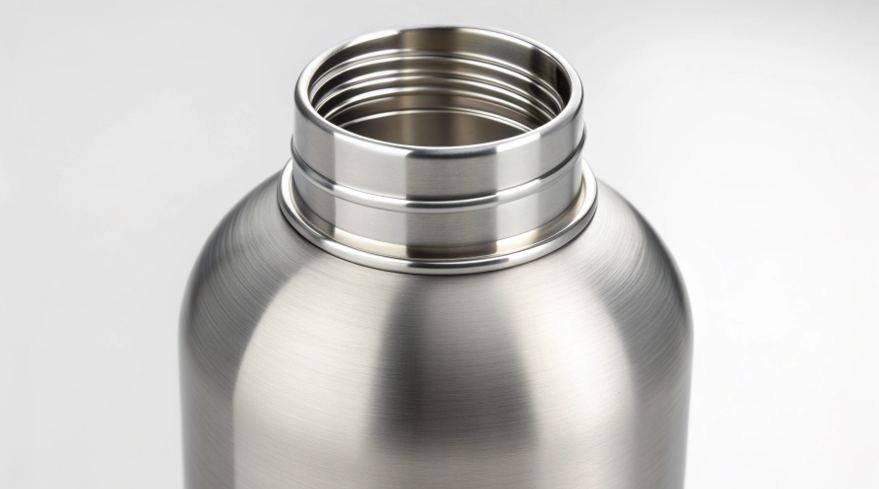
This is one of the first things I teach new clients. Not all steel is created equal. When a bottle is labeled "18/8," it means the steel is made with 18% chromium and 8% nickel. This isn't just a random number; it's a precise recipe for quality. The chromium is the hero here—it reacts with oxygen to form a thin, invisible, and non-reactive layer on the surface of the steel. This "passive layer" is what prevents rust and stops any metallic flavor from leaching into your drink. The nickel adds to the durability and makes the steel easier to shape into a bottle without cracking. When I work with a factory, I always require material test reports to verify we are getting genuine 18/8 (304) grade steel. A cheaper alternative, like 201 grade steel, has less nickel and can start to rust over time, which is completely unacceptable for a drinkware product.
Stainless Steel Grade Comparison
| Grade | Composition | Characteristics | Use in Water Bottles |
|---|---|---|---|
| 18/8 (304) | 18% Chromium, 8% Nickel | Industry Standard. Excellent rust resistance and durability. | Ideal. The best balance of cost, safety, and performance. |
| 18/10 (316) | 18% Chromium, 10% Nickel | Superior rust resistance, especially against salt and acids. | Overkill and more expensive. Used for marine-grade hardware. |
| 201 Grade | Lower Nickel, Higher Manganese | Cheaper, but less resistant to corrosion. | Avoid. Prone to rusting and not considered food-safe for long-term use. |
What is the healthiest stainless steel water bottle?
You want a bottle that is 100% safe. But with so many parts—the bottle, the lid, the seal—you're unsure what to look for to guarantee it's truly a healthy choice.
The healthiest stainless steel water bottle uses certified 18/8 food-grade steel, has no hidden plastic liners, and features a lid made of BPA-free materials like polypropylene (PP#5). A wide-mouth design is also healthier because it allows for thorough cleaning to prevent bacteria.
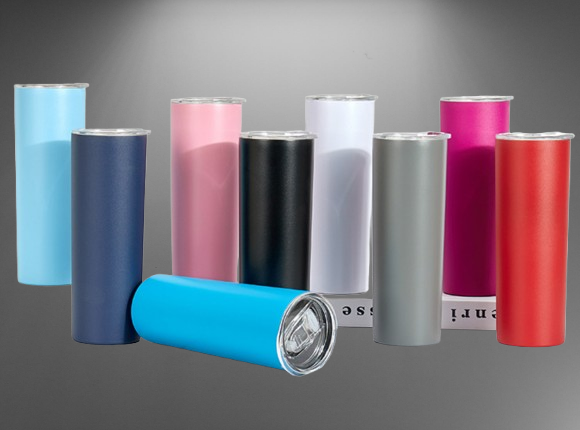
A bottle's health profile depends on three things: the steel, the parts that touch your water, and how clean you can keep it. First, as we covered, certified 18/8 stainless steel is fundamentally safe and non-toxic. It's a pure, stable material. Second, you must check the lid. Most lids are made of plastic, so it's critical that they are BPA-free. The safest and most common choice is Polypropylene, often marked with a #5 recycling symbol. The silicone gaskets used to create the leak-proof seal are also very safe and inert. The final piece is cleanability. A bottle can harbor bacteria if not cleaned well. In my experience, wide-mouth bottles are intrinsically healthier because you can easily fit a brush inside to scrub every surface. Some premium bottles also feature an electropolished interior—a process I've seen in the factory that makes the steel surface microscopically smoother, giving bacteria and residue nowhere to hide.
Components of a Healthy Bottle
| Component | What to Look For | Why it's Healthiest |
|---|---|---|
| Bottle Body | Certified 18/8 or 304 Grade Steel | Inert, non-leaching, and rust-proof material. |
| Lid Material | BPA-Free Polypropylene (PP#5) or Silicone | Stable and non-toxic plastics that won't leach chemicals. |
| Internal Surface | No plastic liner; electropolished finish is a bonus | A pure steel surface is best; electropolishing makes it easier to clean. |
| Design | Wide-Mouth Opening | Allows for easy visual inspection and thorough cleaning with a brush. |
How to choose a stainless steel water bottle?
You're ready to buy, but the wall of choices is overwhelming. You need a simple mental checklist to filter the options and find the perfect bottle for your specific needs.
Choose your bottle using four criteria: 1) Insulation—get double-wall vacuum for hot/cold liquids. 2) Lid—pick a style that matches your activity. 3) Size—ensure it fits your bag and cup holders. 4) Finish—a powder coat is more durable.
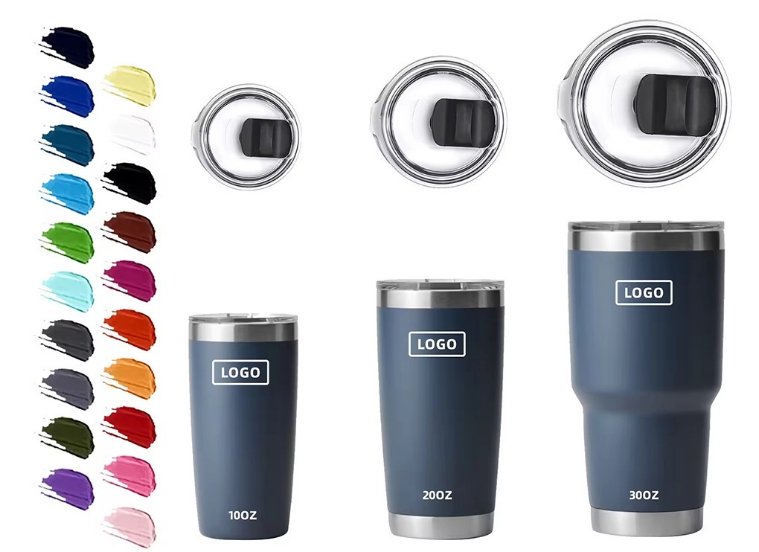
I always tell product developers like Emily that the "best" bottle is the one the customer never has to think about. It just works. To find that bottle, you have to match its features to your life. First, Insulation. If you want to keep drinks hot or cold, you must get a double-wall vacuum insulated bottle. A single-wall bottle is lighter, but it will sweat and won't hold temperature. Second, the Lid. This is the most important interactive part. A straw lid is great for the car or gym. A chug or spout lid is for fast hydration during sports. A simple screw-top or a hot-sip lid is perfect for the office. Third, Size and Shape. Think about capacity (e.g., 24 oz for daily use, 40 oz for a long day) and diameter. Will it fit in your car's cup holder or the side pocket of your backpack? Finally, consider the Exterior Finish. A powder coat finish is much more durable and grippier than a simple painted surface, meaning it will resist scratches and be less likely to slip from your hand.
Your Personal Buying Guide
| Feature | Your Options | Best For... |
|---|---|---|
| Insulation | Single-Wall vs. Double-Wall Vacuum | Double-Wall: Keeping drinks hot or cold for hours. Single-Wall: Lightweight needs. |
| Lid Type | Straw Lid / Spout Lid / Sip Lid | Straw: Casual sipping, driving. Spout: Sports, quick gulps. Sip: Hot drinks like coffee. |
| Capacity | 18 oz / 24 oz / 32 oz / 40 oz+ | 18-24 oz: Daily carry, fits cup holders. 32 oz+: All-day hydration, outdoor activities. |
| Exterior | Standard Paint vs. Powder Coat | Powder Coat: Maximum durability, better grip, chip-resistant. |
Conclusion
Choosing the best bottle is simple when you know what to look for. Prioritize certified 18/8 steel, vacuum insulation, and a lid that fits your life. These features matter most.
